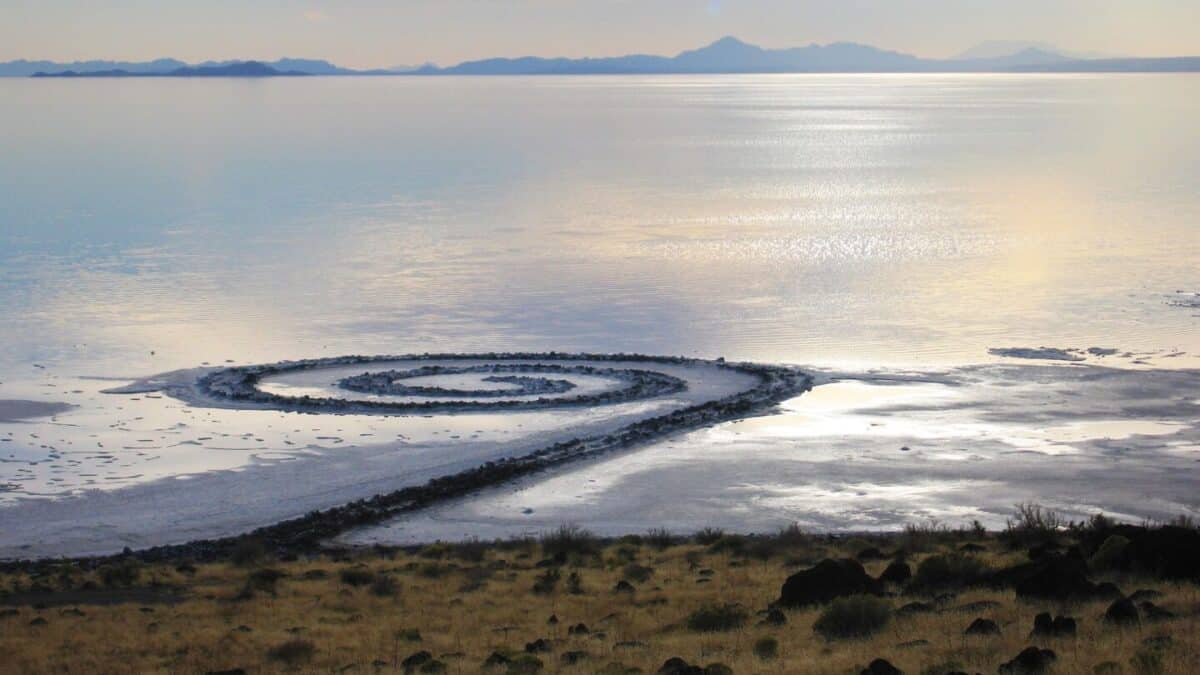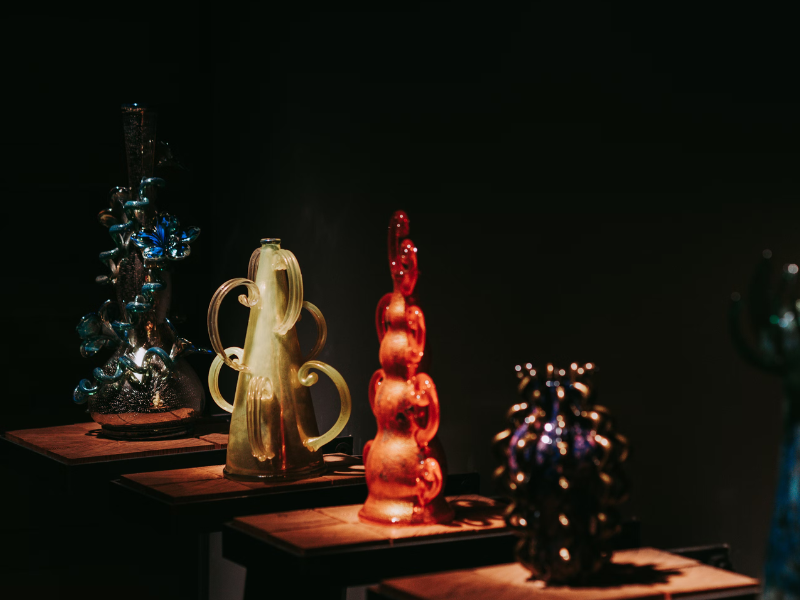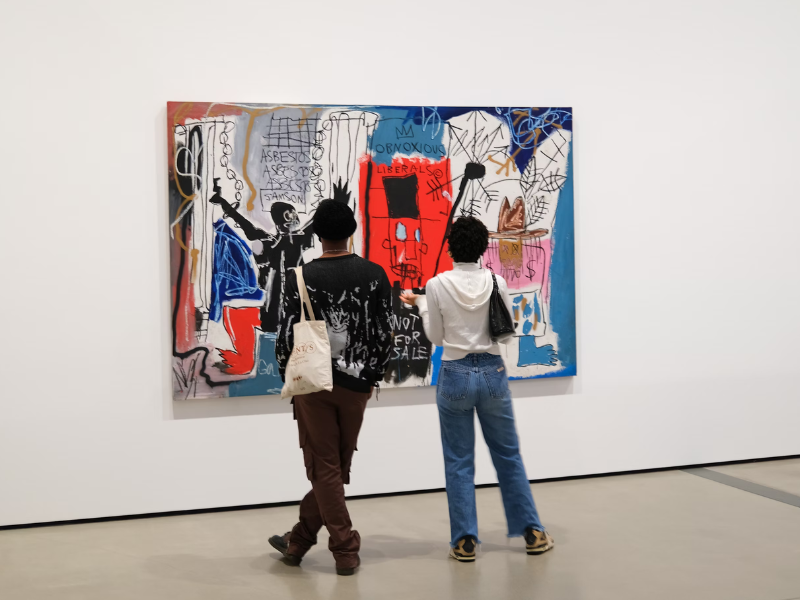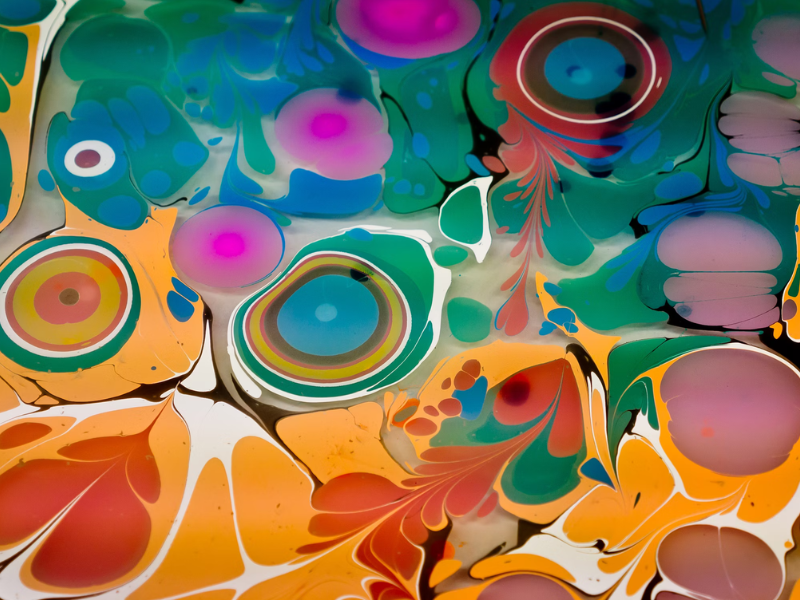When it came to art, Robert Smithson was someone who believed that it could be created, and could also be found. A 20th-century artist, Robert Smithson worked with a variety of mediums and produced a vast number of works, including paintings, sculptures, and writings, and was the most prominent promoter of a new type of art called land art.
Although his life was brief, Smithson greatly influenced America and the rest of the world with his innovation and dedication to the Post-Minimalist era and his contributions to the land art method. Follow along with Joshua Kodner to learn more about the legacy of Robert Smithson as an American sculptor and writer.
Humble Beginnings
Robert Smithson was born in 1938 in New Jersey, where he expressed interest in the arts at a young age. By the time he entered high school, Smithson was beginning to take art classes in New York and briefly studied at the Brooklyn Museum Art School. He originally started his art career as a painter, creating collages, paintings, and drawings inspired by Catholic art, sci-fi, and religious iconography.
By 1959, he was discovered by art dealer Virginia Dwan thanks to his genre-bending work. It was this meeting of Dwan and Smithson that altered Smithson’s art career, as he was introduced to many of the artists in the budding Minimalist era. This prompted Smithson to take a year-long break from art to recreate his style. Check out the fine decorative art pieces in our gallery. If you are interested in purchasing any one of our beautiful sculptures or art pieces, contact our team today.
Sculptures And Land Art
By the mid-1960s, Smithson was beginning to find his style. He turned to sculpt but was disillusioned by traditional techniques, and soon after took his sculpting beyond the walls of a studio into the real world. Inspired by a dump truck, he began touring industrial sites and natures which would propel him to create “non-sites,” a term he used for indoor earthwork. As a result, a new type of unique structure was born. Many of these structures used both industrial and organic materials as well as glass and mirrors.
Smithson decided to take it a step further and take these sites out of studios and museums into the real world. This created an entirely new type of art aptly called land art using sites. It was during this era that Smithson created his most famous piece of work: the Spiral Jetty. Made in 1970, Smithson used mud, salt, and crystals to create a spiral sculpture near the Great Salt Lake. It still exists to this day and was officially named the state artwork of Utah.
If you would like to learn more about the sculptures and fine art pieces at our auction house, contact us today.
An Undying Legacy
Robert Smithson etched his name in the world of art thanks to his immense talent for creating new forms of art. Every piece from Smithson is unlike the other, as each piece of art using different materials, inspirations, and mediums.
Smithson created more land art, such as Partially Burned Woodshed and Broken Circle/Spiral Hill, and never stopped being innovative. Tragically, Smithson died in 1973 in a plane crash over a potential art site in Texas. Although his life was brief, he has remained immortalized due to his jaw-dropping and innovative art.
Owning A Piece Of Smithson
Although Smithson has passed on, his work still lives on. Not all of his artwork is like the large domineering sculpture that is Spiral Jetty; Smithson created collages, paintings, and drawings that are still available for purchase through auction house Joshua Kodner.
For years, Joshua Kodner has led the Florida area in expertise, variety of products, and knowledge of art and antiques. With a dedicated team of gemologists, auctioneers, and appraisers, you can be assured that it’s the real deal.





